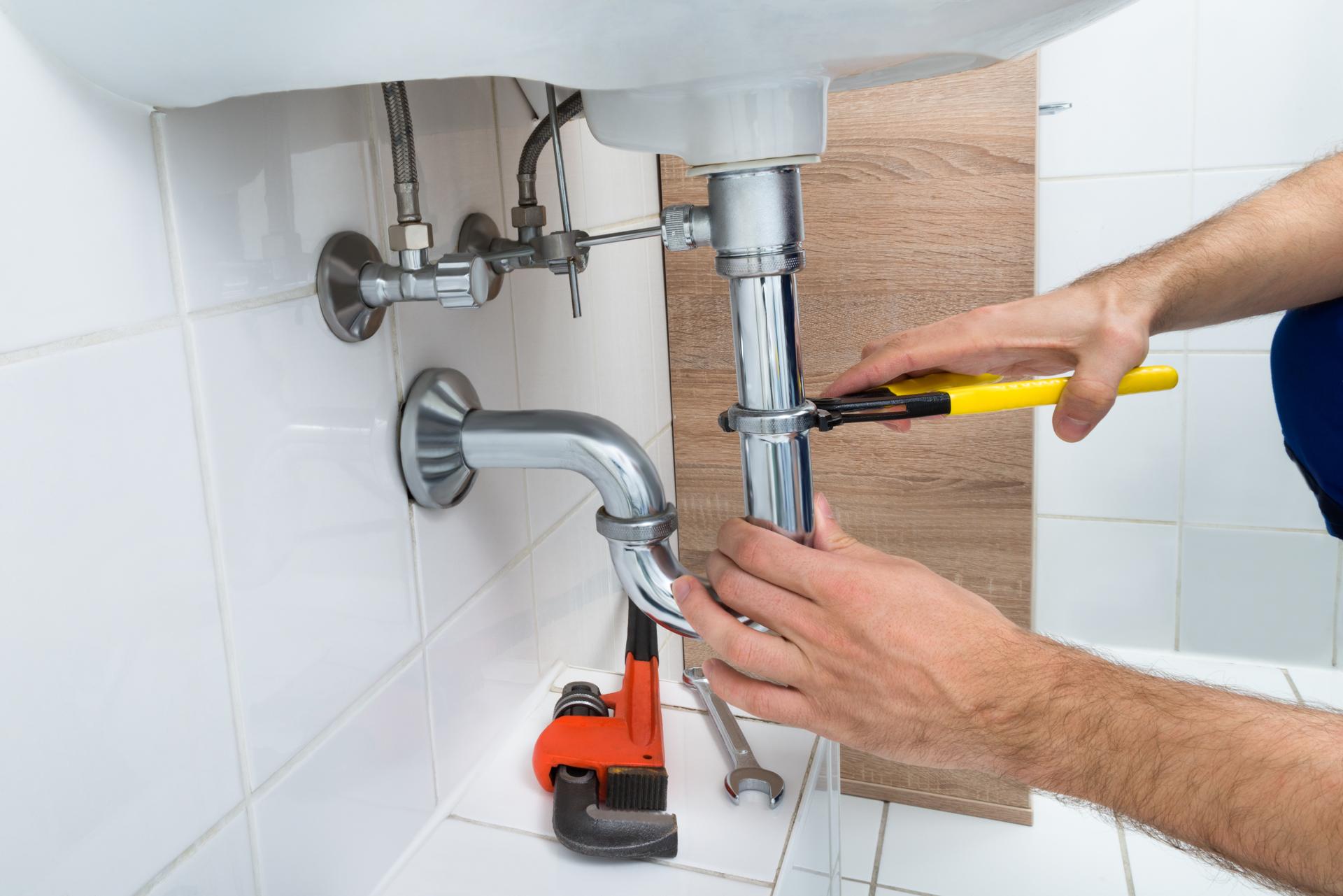The Best Time to Replace Your Plumbing and What to Expect

Plumbing is an essential part of every home and provides us with safe water to drink, cook, and cleaning, as well in the process of disposing of wastewater. But, just like every other appliance in your home, plumbing will eventually become worn out and need replacement.
Being aware of when it’s time upgrade your plumbing crucial to avoid costly repairs and prevent health risks. In this article, we’ll discuss the signs that indicate your plumbing needs to be replaced, factors to consider before replacing your plumbing, the plumbing replacement process, the benefits in replacing the plumbing and a FAQ section to answer any questions you might have.
Signs that it’s Time to replace your plumbing
There are several common indications that the plumbing in your home needs to be replaced, for example: Leaks If you see water spots or puddles in your home, it’s likely to be a indication of a leak in your plumbing. Leaks can cause significant damage to your home’s structure and can lead to the growth of mold, so it’s essential to take action immediately. Rusty pipes an obvious sign that your plumbing requires to be replaced. Rust could contaminate the water you drink, making it unsafe to drink or cook with. Low pressure in the water: If your showerheads or faucets produce weak flow of water, it’s a sign of low pressure in the water, which is caused by corroded pipes or blockages. Water discoloration: Water that is discolored like brown or yellow, is a sign of sediment or rust buildup within your pipes. It can alter the flavor and quality of your water and may be a sign of the need for a the replacement of your plumbing.
Factors to Consider Before Replacing Plumbing
When replacing your plumbing, there are a variety of things to think about, including the age of the plumbing system: Plumbing systems can last for around 50 years, so if your home is older than that, it’s likely to be time to replace it. Cost of replacement The replacement of your plumbing may be costly, which is why it is important to plan for this expense. The severity of the plumbing issue If the plumbing issues are severe and affecting multiple parts of your house, replacement may be the most effective option.
What can you expect during the Plumbing Replacement Process
The plumbing replacement process involves various steps, which include closing off water flow: Your plumber will need to shut off the water supply to your house to avoid any leaks or water damage. Remove old pipes Old pipes need to be removed, which could require cutting through walls or floors. Installing new pipes: New pipes will be installed, which may require rerouting in order to ensure proper water flow. The timeline for the replacement of plumbing will depend on the size of your home and the difficulty of the job. Homeowners should expect disruptions during the project, which could include water shut-offs as well as damage to floors and walls.
Benefits of Replacing Plumbing
Replacing your plumbing offers several advantages, such as: Increased water efficiency new plumbing pipes and fixtures are more efficient, reducing the use of water and your utility bills. Better water quality: Replacing the old pipes that are corroded with new ones can improve the water quality and make it safe for drinking and cooking. Lower risk of plumbing problems The new plumbing is less likely to cause blockages or leaks, thus reducing the need for costly repairs in the near future.
Conclusion
The replacement of your plumbing is an expensive investment, but it’s essential to ensure your home’s safety and peace of mind. When you are aware of the signs that indicate your plumbing needs replacing, considering the reasons for replacement, and knowing what to expect during the plumbing replacement process, you’ll be able to make an informed decision regarding the plumbing in your home. Remember, replacing your plumbing can provide a variety of advantages, such as increased water efficiency, improved water quality, and a reduced the chance of having plumbing problems in the future.
FAQ Section
What is the cost to replace plumbing?
The cost of replacing your plumbing will be contingent on a variety of factors, including the size of your house as well as the complexity of the project, and the type of materials employed. In the average, homeowners will need to pay between $5,000 to $10,000 for a whole-house plumbing replacement.
How long will it take to change the plumbing?
The timeline for plumbing replacement will depend upon the dimensions of your house and the difficulty of the task. In general, a complete plumbing replacement could take from two and four weeks.
Do I need to change my plumbing if there’s an issue with my plumbing?
If you’re experiencing a single leak in your plumbing system, it may not need a full replacement. However, if you’re experiencing multiple leaks or notice other signs of plumbing issues, replacement may be the best option.
Do I have the ability to replace my plumbing by myself?
Replacing your plumbing is a complicated task that should be delegated to a professional plumber. Attempting to replace your plumbing by yourself can lead to costly errors as well as security risks.
What kind of pipe should I use for my plumbing replacement?
There are a variety of plumbing pipes for replacement, including copper, PVC, and PEX. Your plumber can recommend the best kind of pipe based on your specific needs and budget. In conclusion, replacing your plumbing is an important choice that must be taken by taking careful consideration. When you know the signs that tell you that your plumbing is in need of replacing, weighing the elements that influence replacement and understanding what to expect during the plumbing replacement process, you can make an informed decision regarding the plumbing in your home. A skilled plumber can help guide you through the process and guarantee the success of your plumbing replacement.
